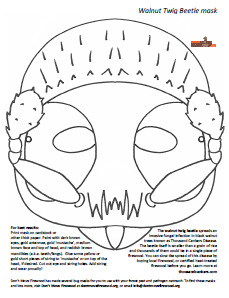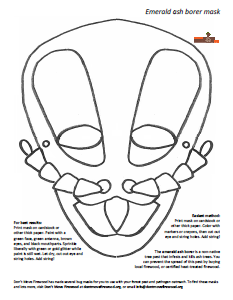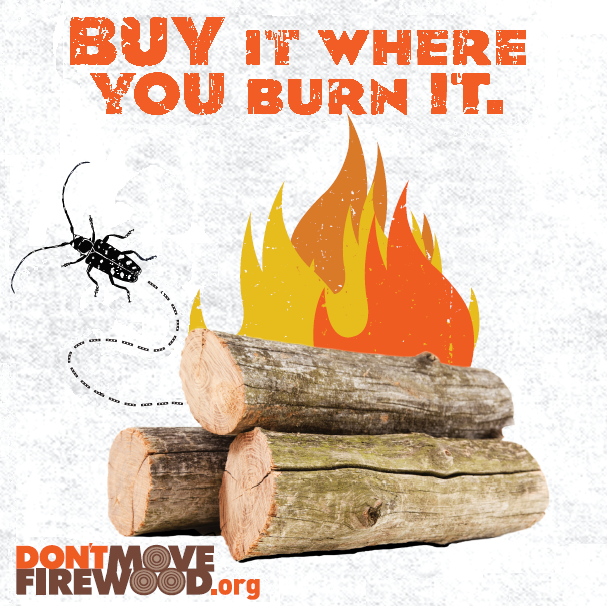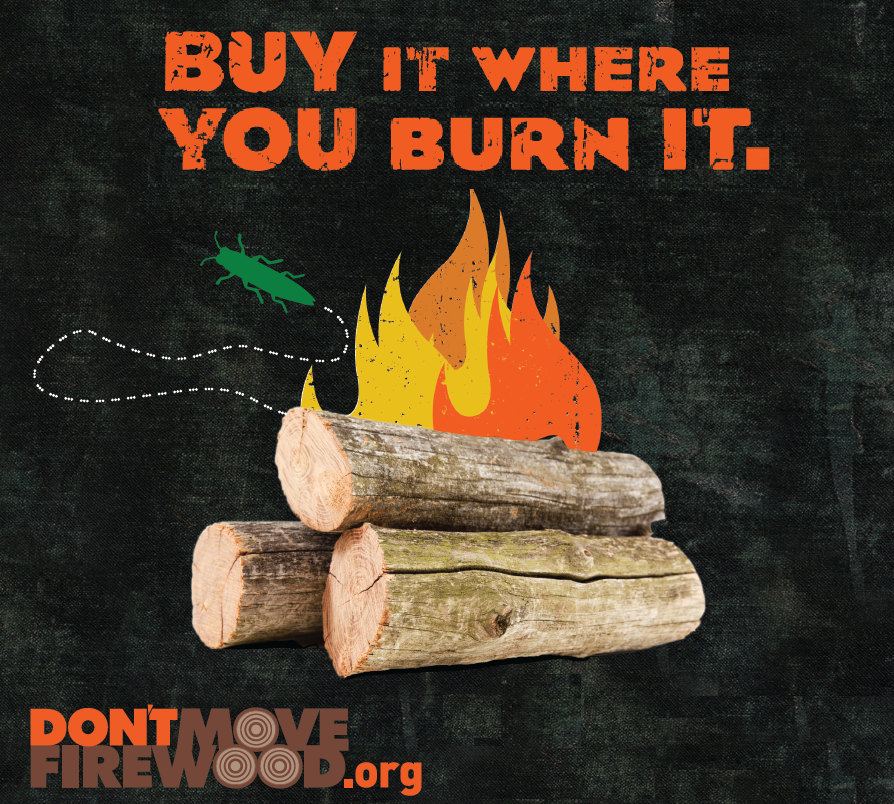Guest blog by Piera Siegert, State Entomologist, New Hampshire Department of Agriculture, Markets & Food
The forests of New Hampshire are an intrinsic part of the landscape, economy, and culture of northern New England. New Hampshire is the second most-densely forested state in the nation, with 84% of the land covered by trees. Many residents make or supplement their incomes through forest products or forest-based tourism, including recreation, timber and firewood sales, and maple syrup production. Many New Hampshire homes are heated primarily or secondarily with wood products. Wood chips from low-grade pulp are heating more homes and businesses and producing more electricity than ever before. The Granite State’s vibrant tourism economy thrives on those who come to enjoy our great forested outdoors – campers, hunters, skiers, hikers, and “leaf peepers” who relish the autumnal color backdrop to colonial buildings and steepled churches tucked throughout the state’s varied landscapes.
Consequently, the threat posed by invasive insects hitchhiking in firewood to New Hampshire’s economy and treasured working landscapes elevate the urgency of enlisting broader support for outreach about the risks associated with moving firewood. That’s the reason we are partnering with Don’t Move Firewood to promote “buy it where you burn it” principles. Recognizing that the tone of this outreach is critical to success, we emphasize that firewood rules are not about limiting the use of firewood, but rather the proper sourcing of firewood used in the state.
New Hampshire has out-of-state firewood restrictions – first affecting state parks (2009), then later the entire state (2011). An established emerald ash borer infestation in Concord was found shortly thereafter (2013) and, based on its location and other anecdotal evidence, all signs suggest the likely culprit to be infested out-of-state firewood transported into the state during the late 2000s. In 2015, several state agencies formed a working group to increase interagency cooperation and extend the reach of firewood transportation messaging. Participating agencies include the Dept. of Agriculture, Markets & Food, Dept. of Resources and Economic Development, Dept. of Fish and Game, Dept. of Safety, Dept. of Transportation, and University of New Hampshire Cooperative Extension. We have been awarded Farm Bill 10007 funding for outreach projects targeting recreational transporters of firewood (2015 and 2016), have worked with Don’t Move Firewood to develop outreach materials, and recently joined Firewood Scout to help visitors connect to the state’s many local vendors of campfire wood.
We are excited about several new firewood-related projects in New Hampshire:
- Large aluminum signs about firewood transportation installed at state Welcome Centers, and select state parks and other points of entry into the state.
- An artificial “campfire” that can be used in “smoldering” or “blazing” mode at expos and other events to draw attention to firewood messaging (designed and built by Doug Cygan, the state’s Invasive Species Coordinator).
- New Hampshire is the first northeastern state to join Firewood Scout. We made participation in Firewood Scout a priority, based on the idea that if consumers know competitively priced firewood is readily available at their destination, they may be less likely to bring firewood from home, thereby reducing the risk to our natural resources.
- A ‘Firewood for Campers’ webpage available from nhbugs.org (managed by UNH Cooperative Extension) that informs campers about firewood restrictions and provides access to Firewood Scout to help locate local firewood vendors. We are encouraging state and private campgrounds in the state to link to this page for accurate and up-to-date firewood information.
- Dept. of Resources and Economic Development has partnered with NH Dept. of Corrections to install and operate a firewood-treatment kiln to supply local and certified heat-treated firewood for sale at New Hampshire state parks.
- We have partnered with APHIS PPQ to ensure that several large firewood heat-treatment facilities in the state have been certified to safely ship their wood products nationally and internationally.
- New Hampshire’s Forest Rangers have partnered with private entities and other state and federal agencies to conduct firewood checkpoints – looking for out-of-state firewood and providing education about the risks of moving firewood.
- Participated in many outreach opportunities such as the NH Farm and Forest Expo (see below) and an upcoming EAB University webinar with the US Forest Service. Please join us April 14th at 11 am ET for more details about our firewood related activities in New Hampshire!
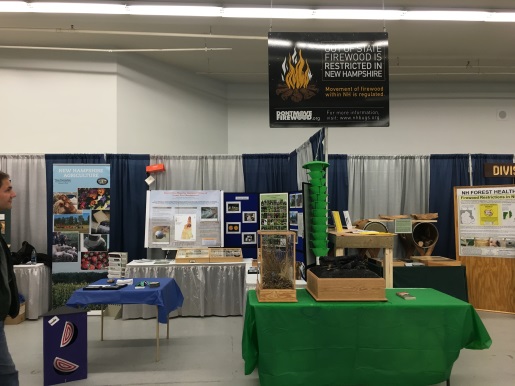
Messaging at the Farm and Forest Expo, Manchester, NH, January 22-23 2016. Multiple cooperating state agencies presented information about use and transportation of firewood. The artificial campfire under the Don’t Move Firewood aluminum road sign (above); Smokey Bear warming his hands at the artificial campfire (below).
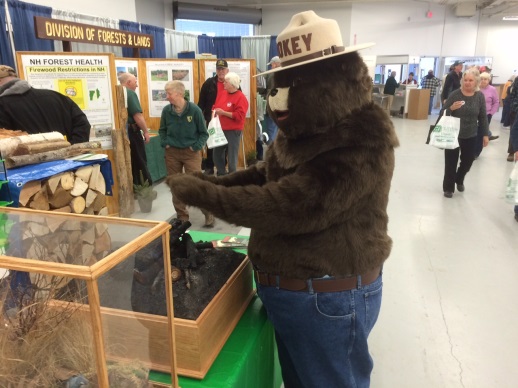
You can access the digital versions of New Hampshire’s Don’t Move Firewood materials here:




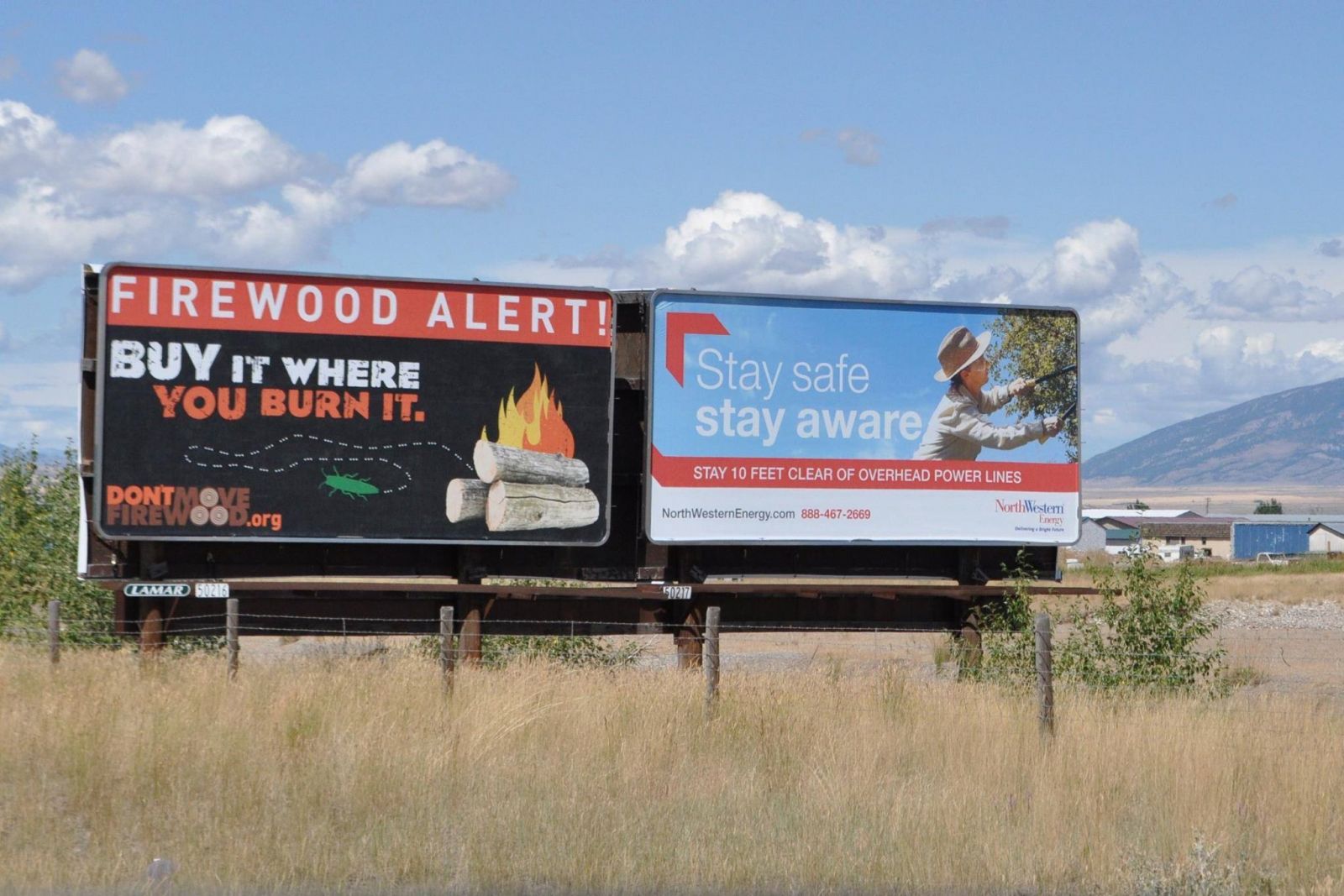
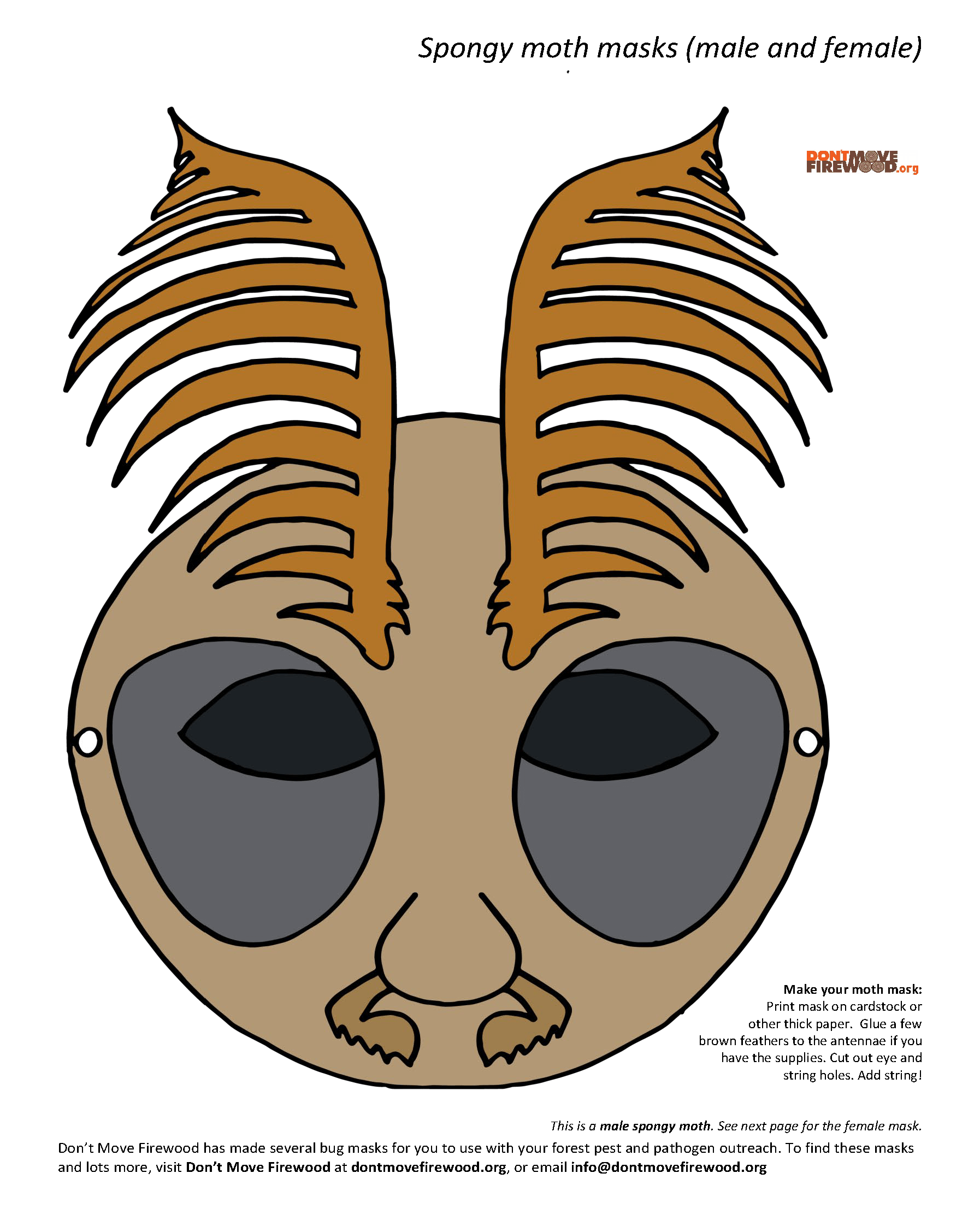
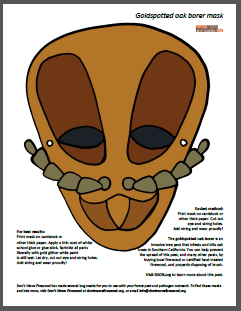
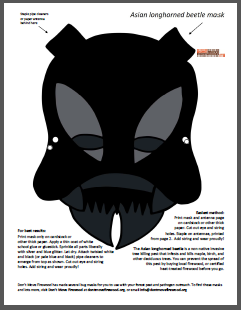
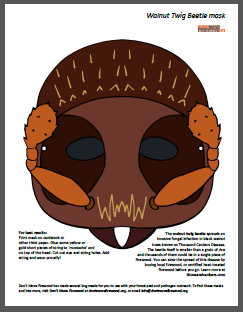
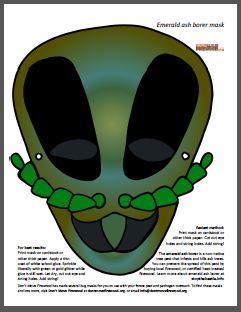
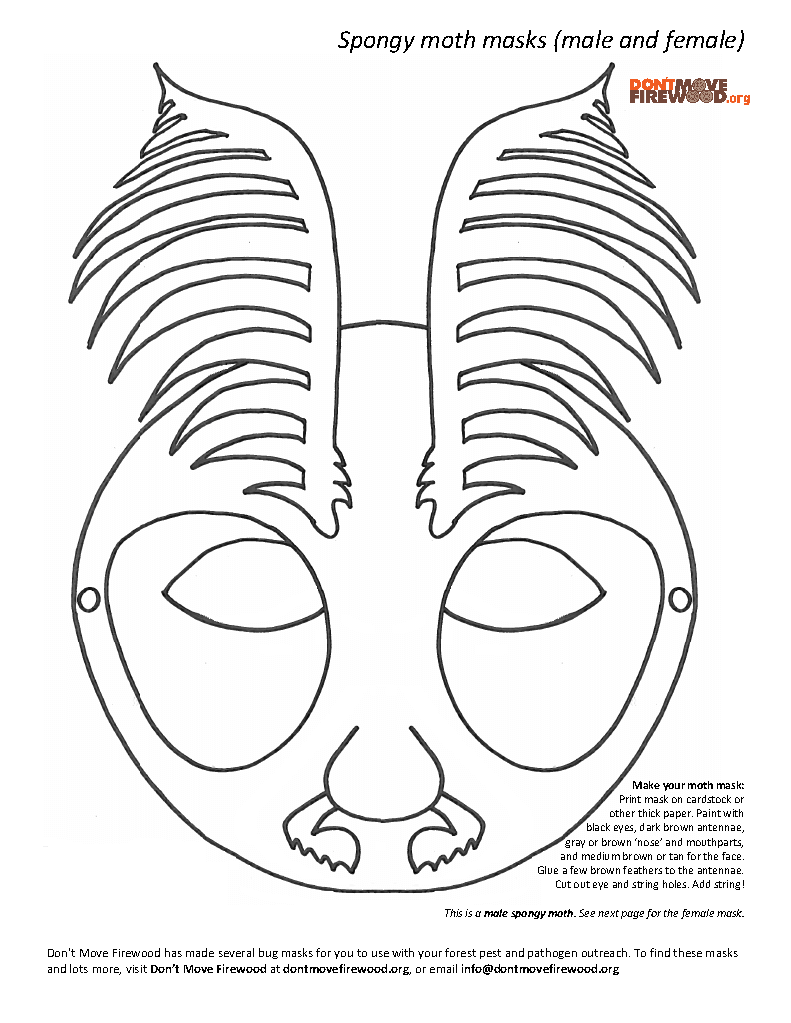
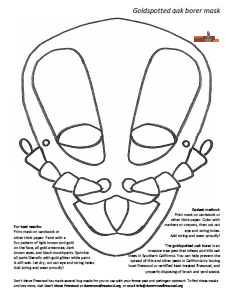
.png)
